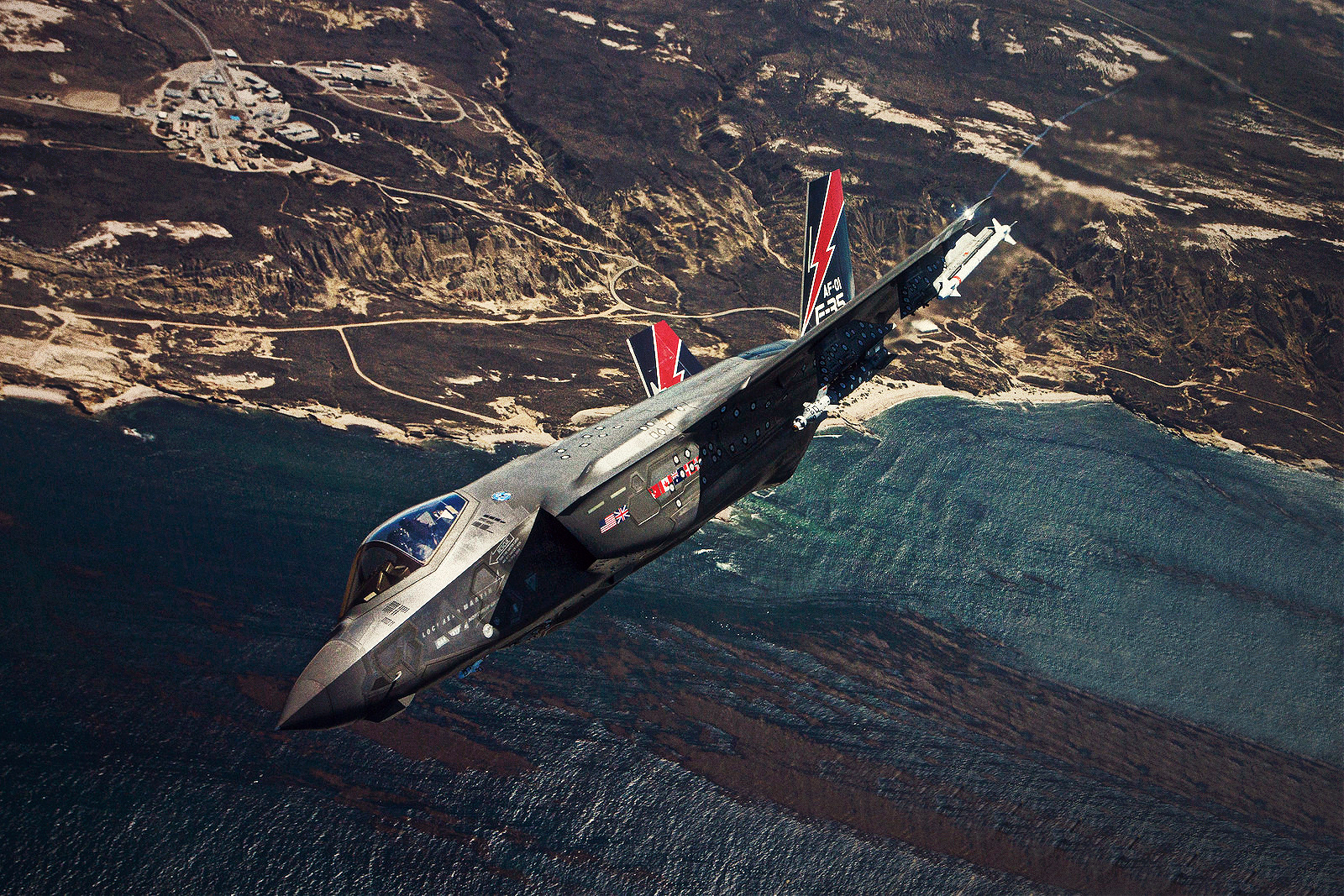
An F-35 Engine Swap Might not Fly Down Under
An upcoming international airshow in Geelong, Victoria calls attention to a high-stakes domestic U.S. aerospace industry competition with profound ramifications for Australian defense.
As the former chief spokesman for the U.S. 7th Fleet in Japan and later, the U.S. Pacific Fleet in Pearl Harbor, I want to highlight for airshow attendees that the most significant aviation asset available to deter possible Chinese aggression is the F-35A Lightning II – the Australian Defence Force’s first fifth-generation combat aircraft. So successful is the F-35 that Germany recently announced it will join over a dozen other nations who already fly them, including Israel who employed their F-35s in combat against Iran, and Pacific allies such as Japan and South Korea.
However, the long-term practicality of this aircraft is threatened not by a future adversary, but by members of the U.S. Congress along with influential aerospace executives and the U.S. Air Force, who seek to replace the F-35’s engine with a completely new one by a different manufacturer as part of a mid-lifecycle performance upgrade.
This would be bad for the Royal Australian Air Force because it would require two entirely different, complex supply and maintenance chains for pre-2027 and post-2027 F-35 aircraft while not necessarily delivering performance improvements over the alternative proposal to upgrade the existing F135 engine. It would be a costly headache that Australia doesn’t need and didn’t sign up for.
An incremental engine upgrade is a tried-and-true method of improving single-engine combat aircraft. In fact, the U.S. Department of Defense has never allowed a single-engine fighter to be re-engined because of the inherent risks to pilot safety. Instead, it has depended on derivative block upgrades based on proven twin-engine experience in other aircraft. For example, the F135 engine is based on the proven F119 engine – two of which power the F-22 Raptor flown exclusively by the U.S. Air Force.
Everyone should understand the wisdom of the maxim “if it ain’t broke, don’t fix it.” This is especially important at a time when China is making a play for a neo–East Asia co-prosperity sphere.
This F-35 engine replacement decision, which to my knowledge is being made without Australian government input, comes at a time when China is expanding its security ties such as the deal signed by Beijing and the Solomon Islands last year. And this comes on the heels of security cooperation between Fiji and Beijing.
“China has been intensifying its objectives of both deepening security cooperation with Pacific Island countries, but also, I think, actively undermining the interests of countries like Australia and the U.S.,” said James Batley, the former Australian high commissioner to the Solomon Islands, in a recent ABC Pacific article. Batley added it was possible that China would seek, or even already had, similar security deals with other Pacific Island nations.
As China seeks global superpower status, it is entirely possible that a hot war could ignite. And should that happen, the F-35 will play a major role in the defense of Australian, U.S., and allied interests. Given the Lightning II is approximately halfway through its expected 30-year lifespan, does it really make sense to force this level of change on Australia and our other allies who have bought into the F-35 program simply because a few special interests prefer to see a competitor get the contract for post-2027 F-35 power plants? A mid-cycle swap to a completely new engine by a different engine manufacturer would be a historical first.
The influential defense blog 1945 recently named the F-35 the “world’s best fighter” arguing that it has become the most affordable, maintainable, and sustainable fighter aircraft in the world due, in large measure, to years of effort by the F-35’s team. Again, if it ain’t broke, don’t fix it.
My guess is that astute aviation enthusiasts in Geelong, Victoria will agree that adding an entirely new engine supply chain would be costly and unnecessary for Australia and should be rejected. It makes more sense for U.S. companies to concentrate their time and efforts on creating engines for the approaching sixth-generation air superiority fighter rather than forcing a completely new mid-cycle replacement for an already proven aircraft and engine combination.
At the very least, this is an unnecessary U.S. defense industry turf battle that allied partners, including Australia, should not have to pay for. At worst, it could jeopardize Australian-U.S. security at a time when China is clearly on the move.

